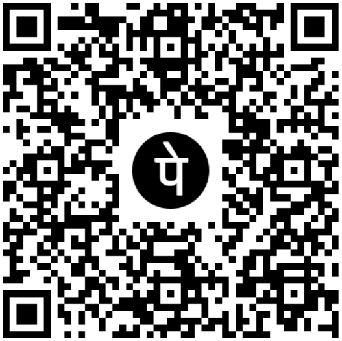Read more
The Ultimate Amazon VA Checklist for Product Research
Are you dreaming of becoming an Amazon Virtual Assistant (VA)? Or maybe you already are one — but product research still feels like finding a needle in a haystack?
Good news: You don’t need to guess anymore.
This ultimate checklist will walk you through the entire product research process like a pro Amazon VA — from spotting profitable products to validating demand.
💡 First, Why Is Product Research So Important?
Product research is the foundation of any successful Amazon business.
A good product = higher sales + lower risk.
A bad product = low traffic + dead inventory.
As a VA, your goal is to help sellers find high-demand, low-competition products that people actually want to buy.
🛒 The Amazon VA Product Research Checklist
✅ 1. Define the Client's Niche & Target Market
Before opening Jungle Scout or Helium 10:
-
What’s the brand’s niche? (e.g., kitchen, baby, fitness)
-
Who are their customers? (e.g., moms, techies, pet owners)
-
Are they launching locally (Amazon.com) or globally?
🔍 Pro Tip: A focused niche = better branding and easier marketing.
✅ 2. Use Product Research Tools (Like a Detective)
No more guesswork. Start with data.
Popular tools include:
-
Helium 10 Black Box
-
Jungle Scout
-
AMZScout
Look for:
-
Monthly sales: 300+
-
Revenue: $5,000–$30,000
-
Reviews: Less than 100
-
Price: $20–$70
-
Profit margin: 30%+
📊 Pro Tip: Use filters to spot low-competition, high-margin opportunities.
✅ 3. Avoid Restricted or Risky Categories
Save your client from future trouble. Double-check:
-
Is the product gated or restricted by Amazon?
-
Is it seasonal or trendy (fidget spinners = RIP)?
-
Is it fragile, bulky, or breakable?
📦 Safe picks: Pet accessories, kitchen tools, organizers, wellness items.
✅ 4. Analyze Top Competitors
Study top sellers on Page 1:
-
How many reviews do they have?
-
How good is their listing quality (title, images, bullets)?
-
Can your client offer something better (bundle, design, feature)?
🕵️ Pro Tip: Use Helium 10 Xray to reverse-engineer their sales data.
✅ 5. Check Keyword Demand
No keyword = no traffic.
Use Magnet, Cerebro, or Google Trends to check:
-
Search volume for your main keywords
-
Related long-tail keywords
-
Seasonality or search drops
📈 Look for: High-volume, buyer-intent keywords like "non-stick kitchen tongs" instead of "tongs"
✅ 6. Validate Profit Margins
Do a rough profit calculation:
-
Product cost (from Alibaba or supplier)
-
Amazon FBA fees
-
Shipping & packaging
-
Advertising costs
💰 Target: At least 30-40% net profit margin
✅ 7. Look for Bundle or Differentiation Opportunities
Can you help your client stand out?
✔️ Combine 2–3 related items
✔️ Offer a unique color, material, or packaging
✔️ Solve a small pain point (e.g., add cleaning brush with water bottle)
🎁 Bundles = More perceived value = Higher price
✅ 8. Final Product Validation
Before giving your go-ahead, ask:
-
Is it solving a real problem or need?
-
Can it get good reviews quickly?
-
Can the seller compete with the current players?
If yes… 💥 You’ve got a winning product!
🔧 Tools to Keep in Your VA Toolbox
| Tool | Use |
|---|---|
| Helium 10 | Product & keyword research, validation |
| Jungle Scout | Sales estimates, competitor analysis |
| Keepa | Price & sales history tracking |
| Alibaba | Supplier search and cost estimate |
| Google Trends | Check seasonality and trends |
👩💻 Final Thoughts: From VA to Product Research Pro
Mastering product research as an Amazon VA isn’t about luck — it’s about strategy + tools + consistency.
And the best part? Once you get the hang of it, you’ll be an irreplaceable asset to your clients.
🚀 Want to Become a Certified Amazon VA?
Learn product research, listing optimization, account handling, and more in Omni Academy’s Amazon VA Certification Course.
📞 Enroll Today | 🌐 [Website]
💼 Help Amazon sellers scale — and build your freelancing career from home!





0 Reviews